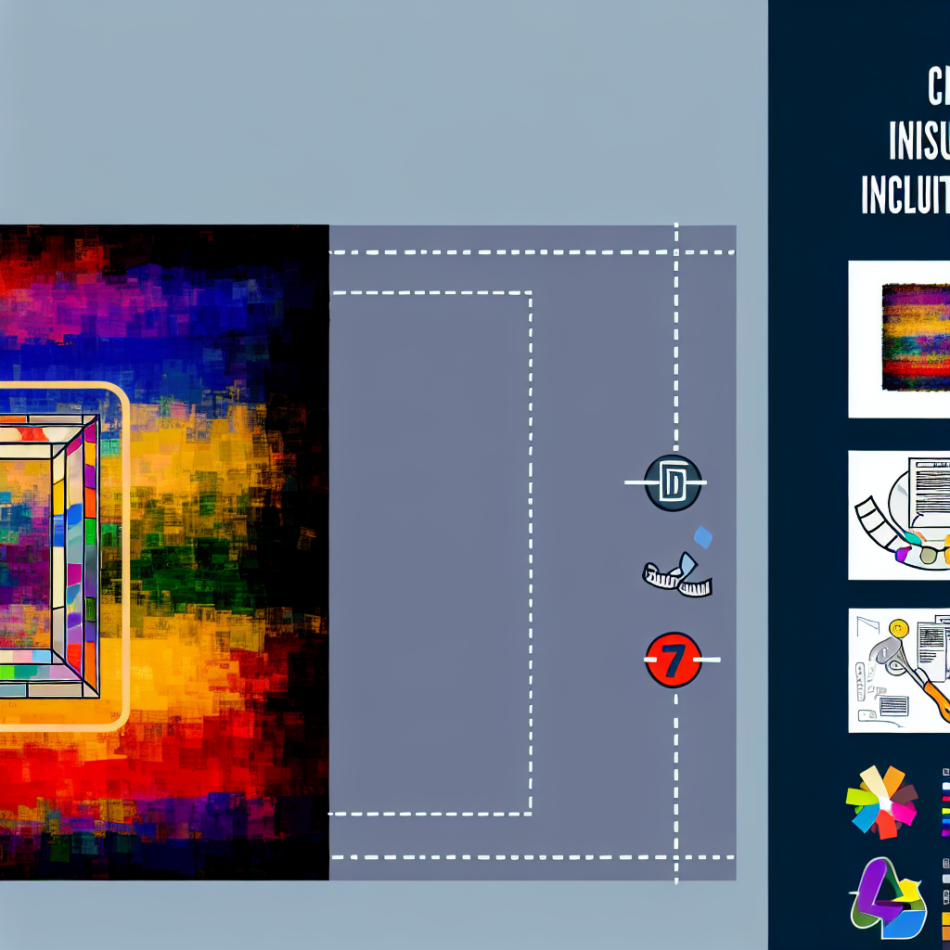The Importance of Clear Instructions in an Inclusive World
In a world where information overload is common, writing clear, step-by-step instructions is more than a courtesy—it’s a necessity. For individuals with executive function challenges, such as ADHD, autism, or anxiety, poorly structured guidance can create barriers. This article explores how prioritising clarity and structure in instructions fosters inclusivity, reduces frustration, and empowers everyone to complete tasks confidently.
Understanding Executive Function and Its Challenges
Executive function refers to cognitive processes that help us plan, organise, and execute tasks. For those with executive dysfunction, even simple activities—like following a recipe or assembling furniture—can feel overwhelming. Common struggles include:
- Difficulty breaking tasks into smaller steps
- Trouble prioritising actions
- Easily becoming distracted or overwhelmed
Without clear guidance, these individuals may abandon tasks or experience heightened stress. Well-structured instructions act as an external “scaffold,” compensating for internal challenges and levelling the playing field.
The Anatomy of Effective Step-by-Step Guides
Effective instructions are more than a list of steps. They require intentional design. Key elements include:
- Sequential numbering: Use a logical order, avoiding vague terms like “later” or “eventually”.
- Concrete language: Replace abstract phrases (“be careful”) with specifics (“hold the handle firmly”).
- Visual aids: Icons, diagrams, or bullet points help visual learners process information.
For example, instead of writing “Prepare the mixture and bake it,” specify “Whisk eggs and sugar for 3 minutes until frothy, then pour into a preheated oven at 180°C for 25 minutes.” This eliminates guesswork and reduces decision fatigue.
Why Ambiguity Is the Enemy of Inclusivity
Ambiguous instructions—such as “adjust as needed” or “assemble the parts”—assume prior knowledge, excluding those who lack context. This disproportionately impacts neurodivergent individuals or people with language barriers. Consider these revisions:
- Before: “Attach the component securely.”
- After: “Align the red tab on Part A with Slot B, then press down until you hear a click.”
Specificity doesn’t just aid comprehension—it respects the reader’s time and cognitive energy. Tools like active voice (“Press the button” vs. “The button should be pressed”) further enhance clarity.
The Ripple Effect of Inclusive Communication
Inclusive instructions benefit all users, not just those with executive dysfunction. Busy professionals, non-native speakers, or anyone under stress appreciate unambiguous guidance. For businesses, this approach can:
- Reduce customer service queries
- Boost user satisfaction
- Enhance brand reputation as accessible and considerate
Moreover, inclusive design aligns with legal standards like the UK’s Equality Act 2010, which mandates reasonable adjustments for disabilities. Proactively clear communication demonstrates social responsibility.
Practical Strategies for Writing Inclusive Guides
To create accessible instructions:
- Test with diverse users: Gather feedback from people with varying cognitive styles.
- Use whitespace effectively: Dense text overwhelms—break content into digestible chunks.
- Highlight warnings: Clearly flag irreversible actions (e.g., “Caution: This cannot be undone”).
Tools like Hemingway Editor or Grammarly can identify complex sentences. Pair these with empathy: ask, “Would someone unfamiliar with this task understand every step?”
Conclusion: Clarity as a Catalyst for Empowerment
Writing clear instructions isn’t about dumbing down content—it’s about democratising access. By embracing structure, specificity, and empathy, we create guides that empower those with executive function challenges while improving experiences for all users. Inclusivity begins with recognising diverse needs and committing to communication that leaves no one behind. The next time you draft a guide, ask yourself: Could someone follow this during their most overwhelming day? If the answer is yes, you’ve succeeded.
